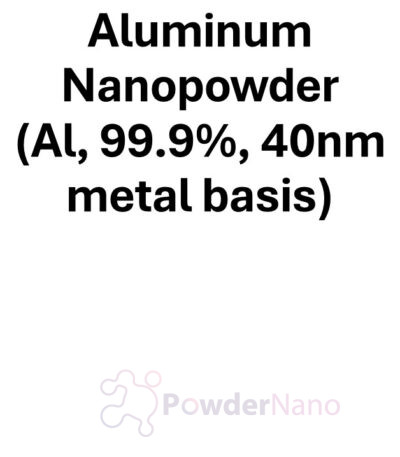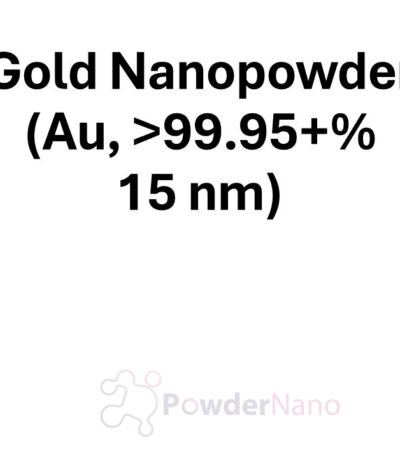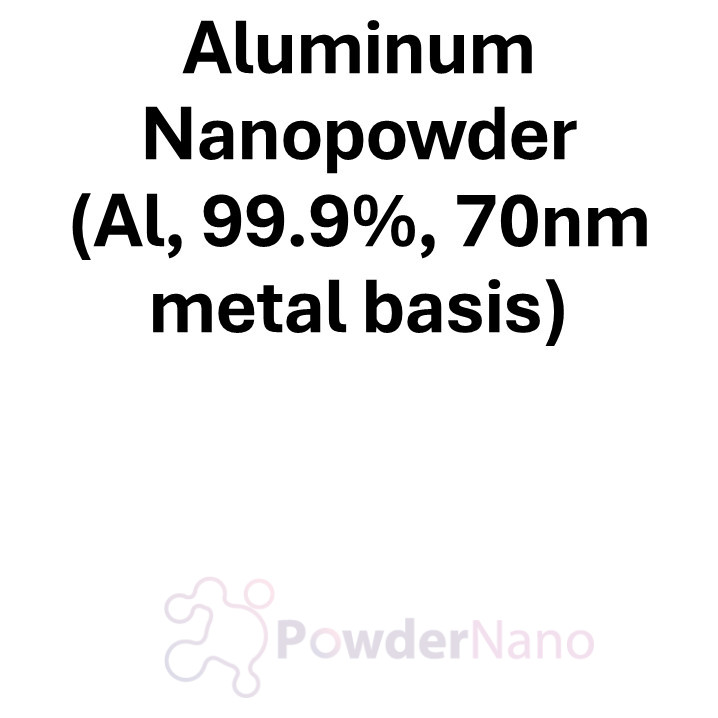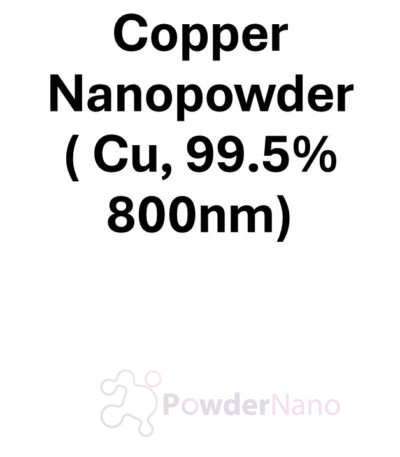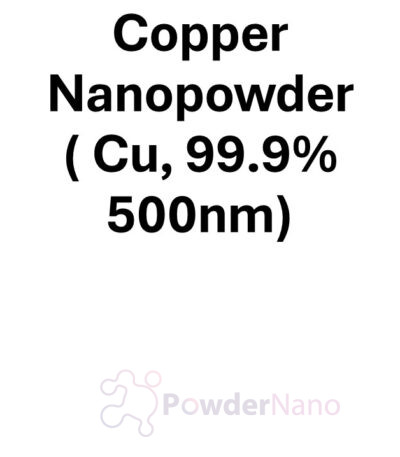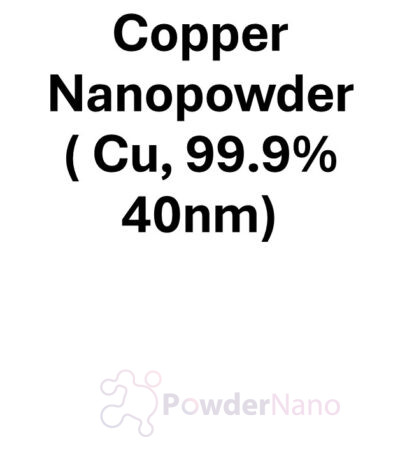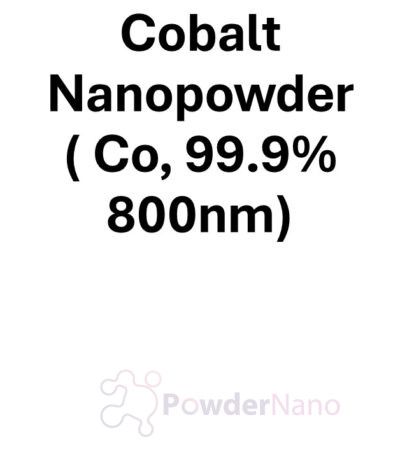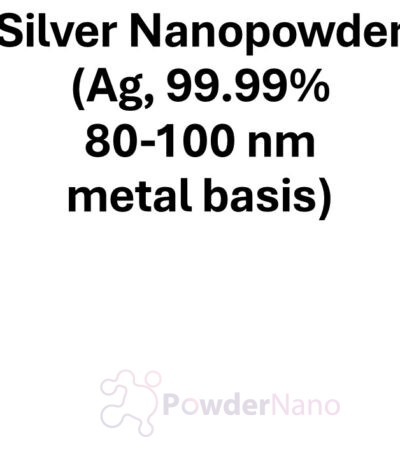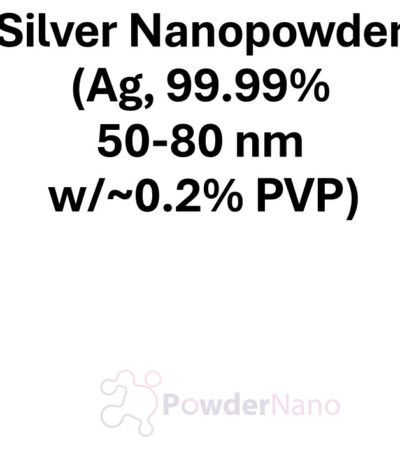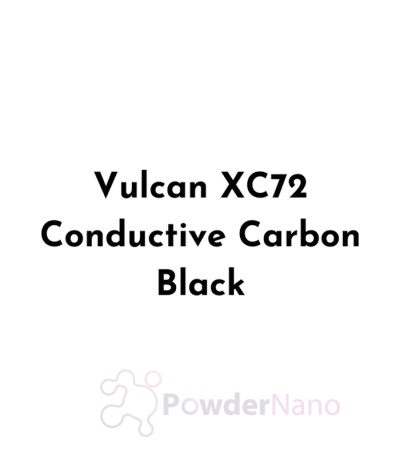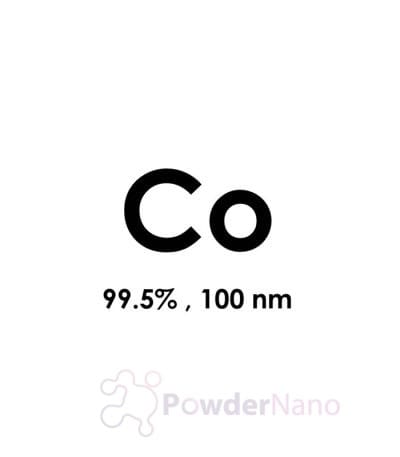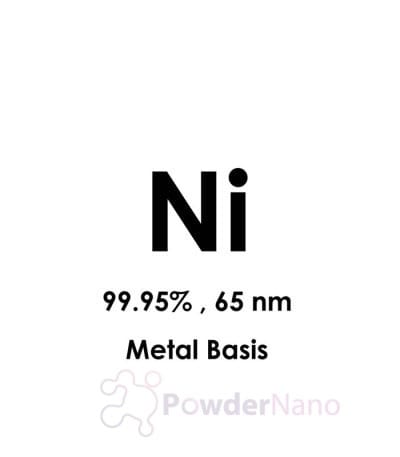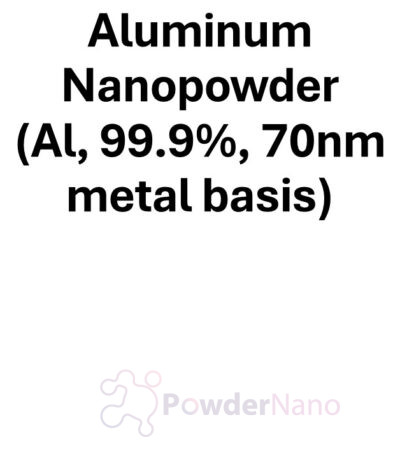Technical Specifications:
- Material: Aluminum Nanopowder (Al)
- Purity: 99.9% or higher
- Particle Size: 70 nm (nanometers)
- Form: Metal basis (pure aluminum)
- Shape: Typically spherical, irregular, or dendritic nanoparticles
- Density: Approximately 2.7 g/cm³
- Melting Point: Approximately 660.3°C (1,221.5°F)
- Boiling Point: 2,470°C (4,478°F)
Chemical Composition:
- Aluminum (Al): ~99.9%
Applications:
1. Aluminum-Based Nanocomposites:
- Aluminum nanopowder is widely used to enhance the properties of nanocomposites. The small 70 nm particle size allows for better dispersion in matrices such as polymers, ceramics, and metals, leading to improved mechanical properties, thermal conductivity, and electrical conductivity.
- These composites are used in aerospace, automotive, and construction industries, where lightweight and durable materials are essential.
2. Energy Storage and Conversion:
- Aluminum nanopowder is used in energy storage systems such as supercapacitors, batteries, and fuel cells. Its high surface area and electrical conductivity make it ideal for improving charge/discharge cycles and energy efficiency in these systems.
- It is also used in electrodes and electrochemical applications, helping to improve performance and longer-lasting energy storage in devices such as supercapacitors and batteries.
3. Catalysis:
- Aluminum nanopowder can serve as a catalyst or a catalyst support in oxidation, reduction, and hydrogenation reactions. The high surface area and reactivity of aluminum nanoparticles make them effective in a variety of industrial chemical processes.
- They are commonly used in green chemistry applications, such as CO₂ reduction, dehydrogenation reactions, and hydrogen storage.
4. Thermal Conductivity Enhancement:
- Aluminum nanopowder is used to enhance the thermal conductivity of materials. It is incorporated into thermal interface materials, heat sinks, and cooling systems for electronics to improve heat dissipation and prevent overheating.
- The material is particularly useful in high-performance electronics, LED cooling systems, and semiconductor applications, where efficient heat management is critical.
5. Coatings and Protective Films:
- Aluminum nanopowder is used to create protective coatings on metal surfaces to enhance their corrosion resistance and thermal stability. These coatings are widely used in industries such as marine, automotive, and construction to protect against oxidation and wear.
- Aluminum oxide forms a protective layer that helps prevent corrosion in harsh environments, extending the lifespan of machinery and equipment.
6. Aerospace and Defense:
- Aluminum nanopowder is used in aerospace and defense applications due to its lightweight, strong, and durable properties. The nanoparticles are incorporated into high-performance materials such as advanced armor, propellants, and composites for military and aerospace applications.
- They provide enhanced energy efficiency, thermal resistance, and impact resistance in critical materials used in aircraft, spacecraft, and military systems.
7. Additive Manufacturing:
- Aluminum nanopowder is widely used in 3D printing or additive manufacturing processes. The nano-sized aluminum particles enable the creation of strong, lightweight parts for complex geometries.
- It is used in metal 3D printing to create components for industries such as aerospace, automotive, and biomedical devices, where high precision, durability, and lightweight properties are essential.
8. Antimicrobial and Antibacterial Applications:
- Aluminum nanoparticles can exhibit antibacterial properties when used in coatings or functionalized surfaces. The fine particle size allows them to interact effectively with bacterial cell membranes, providing long-lasting protection against microbial growth.
- These properties make them useful in medical devices, wound care products, water filtration systems, and antimicrobial textiles.
9. Cosmetics and Personal Care Products:
- Aluminum nanopowder is used in cosmetic formulations such as sunscreens, anti-aging creams, and antiperspirants. The nanopowder provides a smooth texture and improved UV protection due to the high surface area and light-scattering properties.
- It also serves as an effective agent in antimicrobial and anti-inflammatory formulations.
10. Research and Development:
- Aluminum nanopowder is used extensively in materials science, nanotechnology, and biotechnology research. Its reactivity and high surface area make it ideal for creating nanocomposites, biosensors, and functional materials for future technologies.
- Researchers use aluminum nanoparticles in advanced nanomaterials for applications in drug delivery, energy storage, and nanoelectronics.
Summary:
Aluminum Nanopowder (Al, 99.9%, 70 nm, Metal Basis) is a versatile material with high surface area, electrical conductivity, and mechanical properties, making it ideal for applications in energy storage, catalysis, thermal conductivity, antibacterial coatings, and additive manufacturing. Its small particle size (70 nm) ensures high reactivity and effective dispersion in various matrices, while its purity guarantees optimal performance in advanced nanocomposites and biomedical applications. Aluminum nanopowder’s role in aerospace, automotive, electronics, and defense industries highlights its importance in the development of next-generation technologies.
